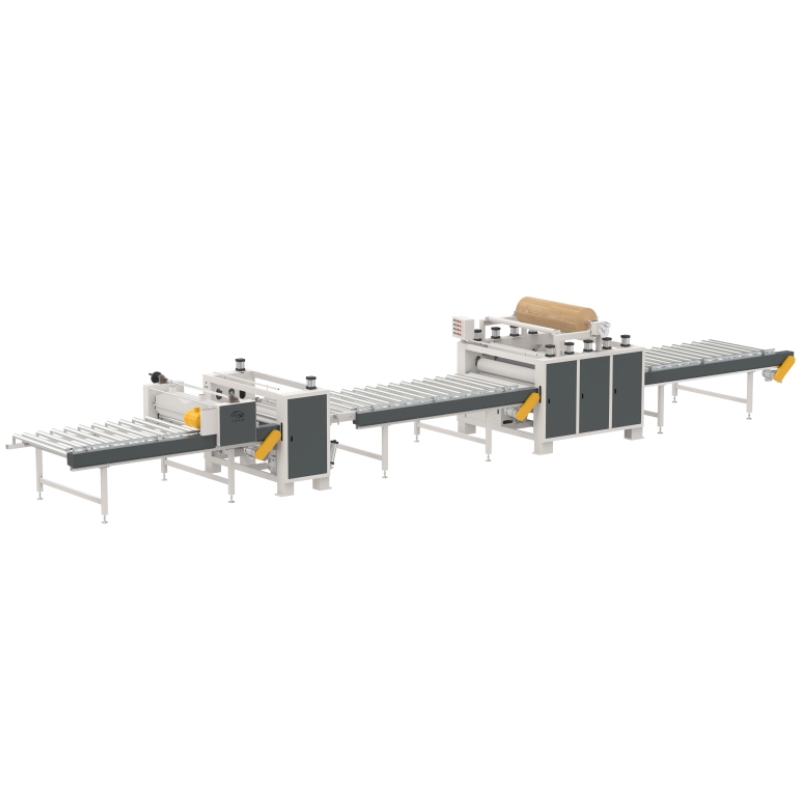The following factors need to be considered when selecting a
PUR flat laminator suitable for laminating PVC calcium silicate boards:
Glue Suitability: Ensure that the PUR flat laminator you choose is suitable for the PUR glue needed
to bond to the PVC calcium silicate board. Different types of PUR adhesives may require a specific
type of laminator for optimal bonding.

Sheet Size and Thickness: Consider the size range and thickness of your PVC calcium silicate sheets
and select a laminator that is suitable for these specifications. Ensure that the laminator can accommodate
your sheet size and thickness requirements.
Productivity: Select a PUR laminator with the appropriate production speed and efficiency for your production
needs. Consider whether the capacity of the laminator meets your production volume requirements.

Adhesion quality: Ensure that the PUR laminator you select provides a consistent, strong bond to
avoid peeling or weak adhesion.
Degree of automation: Consider your production process and budget to select a flat laminator with
the appropriate level of automation. Automation features can increase productivity, but may also
increase the cost of the equipment.
Adjustability and adaptability: Choose a PUR laminator with a high degree of adjustability to adapt to
different PVC calcium silicate board specifications and requirements.
Safety: Make sure the selected PUR flat laminating machine meets the relevant safety standards and
has the necessary safety protection devices to guarantee the safety of the operators.
After-sales service: Choose a manufacturer or supplier with good after-sales service and technical
support to ensure the maintenance and upkeep of the equipment.
When choosing a PUR flat laminator, it is better to conduct market research and consult professionals
first. Suppliers can be asked to provide equipment demonstrations or sample tests to ensure that the
selected equipment meets your needs and expectations.












